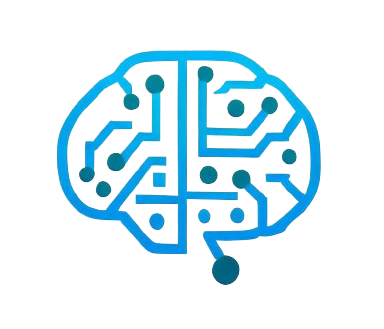In a fusion of atomic power and artificial intelligence (AI), a research group at the United States Department of Energy Argonne National Laboratory has revealed a groundbreaking advancement in the operation and safety of advanced nuclear reactors, specifically those referred to as sodium-cooled fast reactors (SFRs).
 SFRs are innovative nuclear reactors utilizing liquid sodium as a coolant to efficiently produce electricity without carbon emissions by fission of heavy atomic nuclei. Although not yet commercially operational in the United States, these reactors hold the potential to transform power generation and contribute to the reduction of radioactive waste. They pose certain technical hurdles, particularly in maintaining the liquid sodium coolant pure at high temperatures, which is vital to hinder corrosion and blockages in the reactor’s circulation system.
SFRs are innovative nuclear reactors utilizing liquid sodium as a coolant to efficiently produce electricity without carbon emissions by fission of heavy atomic nuclei. Although not yet commercially operational in the United States, these reactors hold the potential to transform power generation and contribute to the reduction of radioactive waste. They pose certain technical hurdles, particularly in maintaining the liquid sodium coolant pure at high temperatures, which is vital to hinder corrosion and blockages in the reactor’s circulation system.
In response to these technical hurdles, the Argonne research team developed a novel AI-driven system, the details of which are chronicled in a recent publication within the Energies journal.
“Employing the capabilities of artificial intelligence to perform ongoing surveillance and pinpoint irregularities pushes the envelope in control instruments,” acknowledged Alexander Heifetz, a chief nuclear engineer at Argonne and a contributor to the publication. “Such innovation heralds a leap forward in the operative efficiency and economic viability of nuclear power apparatus.”
The researchers designed an AI model that conducts continuous oversight over the reactor’s cooling mechanism. This model is devised to interpret readings from an array of 31 sensors located within Argonne’s Mechanisms Engineering Test Loop (METL), a specialized experimental complex used for rigorous assessment of materials and mechanisms designed for these reactors. Besides testing materials and components, METL prepares both engineers and technicians—including now AI systems—for handling and preserving these facilities—a comprehensive monitoring system intensified with AI which proficiently bolsters oversight and pre-empts disruptions that could impair an actual reactor’s functionality.
The team showcased how the AI model could swiftly and accurately recognize irregularities in operations. The efficacy of the model was tested through the simulation of a severe anomaly, characterized by abrupt surges in temperature and flow intensity. The model identified the disturbance in just under three minutes from its commencement, confirming its reliability as a protective feature.
The research also signals considerable enhancements for subsequent iterations of the model. Presently, the model alerts whenever a reading surpasses a certain predetermined limit. This could trigger false positives owing to temporary fluctuations or sensor inaccuracies. Not every surge signifies a disturbance. Going forward, the team intends to upgrade the algorithm to differentiate true operational disturbances from random data deviations. This will entail waiting for the signal to surpass the threshold for a specific duration prior to confirming it as an irregularity and integrating spatial and temporal relationships among sensors in the assessment process.
“Though the distinct attributes of METL have been leveraged to design and verify our algorithms within a liquid metal experimental setting, the potential for this tech extends to advanced reactors, too,” Heifetz remarked. “This could lead to an increase in carbon-neutral energy solutions in times ahead.”
Alexandra Akins, an assistant researcher at Argonne and a co-author of the study, is optimistic. “Our work on irregularity detection with the aid of artificial intelligence shows the growing potential of nuclear power.”
